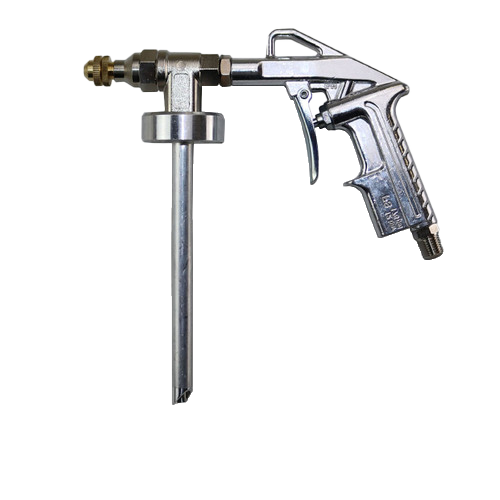Sunoco 260 GT 100 Octane Unleaded Racing Fuel is a Street-legal, oxygenated Race fuel for performance vehicles.
This fuel is sanctioned by: CRA, Competition Riders of America
Sunoco 260 GT is the perfect choice for a street-legal fuel that will provide outstanding performance benefits in classic cars, street cars, muscle cars, street rods, motorcycles, ATVs and the like. Sunoco 260 GT will allow increased boost levels in supercharged or turbocharged applications compared to lower octane “pump” gas and will not harm catalytic converters or oxygen sensors. It is also compatible with two-stroke synthetic and mineral-based engine oils.
Sunoco 260 GT should be stored in opaque, tightly sealed containers and kept where temperatures are stable. Properly stored, the shelf life of 260 GT is in excess of 1 year. 260 GT is not street legal in California and other areas that requires fuel to comply with CARB regulations. If you need a fuel that is CARB compliant, you want SS 100.
Sunoco Tech Corner:
If the fuel needs to be street-legal, then the recommendation from Zachary J. Santner, senior specialist of quality at Sunoco, is to go with either pump fuel or Sunoco’s 100-octane 260 GT (or, for those living in California, their SS 100 instead). These street fuels can be mixed, he adds, so a 1:1 mix of 93-octane pump fuel and 100-octane 260 GT would yield 96 octane.
A street-legal, 100-octane fuel like Sunoco 260 GT represents a solid first step up from pump fuel, Sunoco's Santner explains. The extra octane creates a safe space to push and tune the vehicle and no special setup isn’t required.
Like all Sunoco Race Fuels, he notes, this one is always made to the same recipe–meaning you won’t have to alter your tune. Pump fuels, on the other hand, can change according to season, location or brand. Sunoco GT also doesn’t require any special handling. (For those living in California, Sunoco offers SS 100, a similar product.)
Sunoco’s oxygenated fuels contain alcohol, and that alcohol helps performance. Alcohol can have some drawbacks, though: Proper storage becomes key when you’re talking about fuels containing alcohol. Alcohol is also such an effective cleaner that it could loosen deposits in older, dirtier systems and clog the fuel filter.
TECHNICAL DETAILS
| Color |
Not Dyed |
| Octane (R+M)/2 |
100 |
| Research Octane |
105 |
| Motor Octane |
95 |
| Specific Gravity |
0.734 |
| Weight (lbs/gallon) |
6.1 |
| Reid Vapor Pressure (PSI) |
6.4 |
| 10% Evaporation (°F) |
145 |
| 50% Evaporation (°F) |
211 |
| 90% Evaporation (°F) |
216 |
| Stoichiometric Air/Fuel Ratio |
14.1 |
| Oxygen (weight%) |
3.7 |
| Ethanol (volume%) |
9.8 |
| H/C Ratio |
2.02 |
| Lower Heating Value (Btu/Gallon) |
109,200 |
| Lower Heating Value (Btu/Pound) |
17,900 |
| Dielectric Constant |
11 |
| Leaded |
No |









 Product Videos
Product Videos






